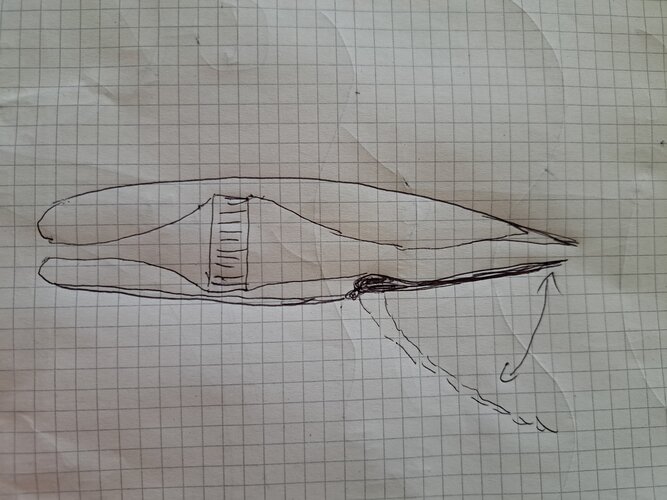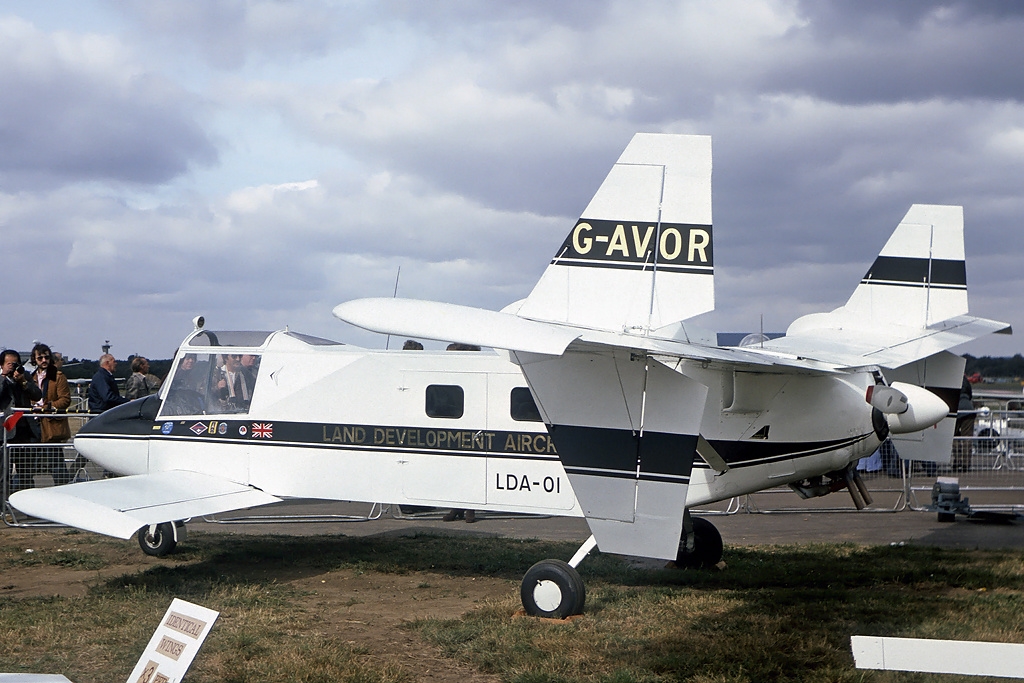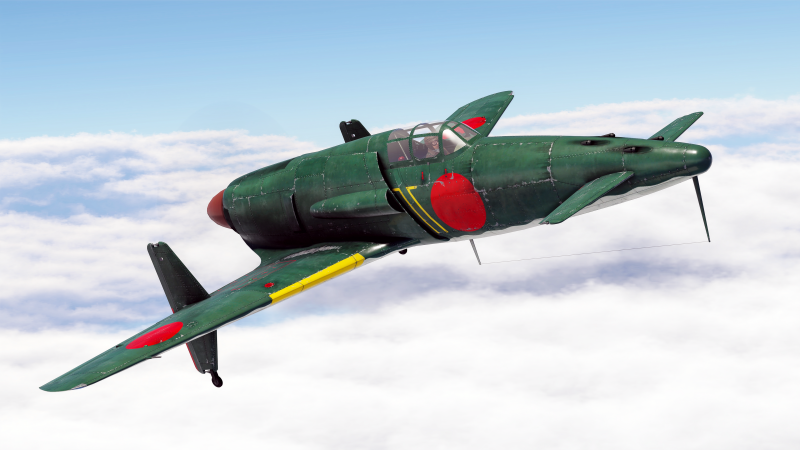I know it’s been discussed before but I would like to approach the Canard vs Tail from a different perspective.
Some of which does apply to the military use.
For clarity all statements assume same installed power and weight of aircraft. Also initially I will focus on fixed canards with control surfaces.
As someone who flies an aircraft with a full flying tail and wings that almost sweep forward I feel my input invaluable. I of course am talking about my 1967 Cherokee 140 with the Hershey bar wing Which is 4 years younger than me.
A canard airplane is like a supermodel, sexy as hell but not practical when you get it home.
WHY? you ask. Canard lovers are calling me a heretic right now.
Canards do work and can do about as good as a conventional tailed aircraft in most situations.
The number one reason to avoid canards is simple. C of G. One to four seats is doable.
Anything more gets dicey.
About 10 or so years ago I discussed at length Canards with a pilot friend who was test flying a six place canard project being built at Camarillo airport north west of Los Angeles.
His quote “ They just can’t get the CG envelope to be adequate, that damn plane nearly killed me twice”
He quit the program and it was still borne.
A huge issue with the Starship was CG as well. They went with variable sweep canards to alleviate the problem.
When I am doing a short field landing more lift and control authority are a throttle advance away. Think blown wing and tail. Try that with your pusher canard. Canards typically require significantly more take off and landing distance. I have a friend with a Long ez and another with a cozy. Novelty is the only benefit. People say how efficient the Long EZ is, but it’s an illusion. I have been in Long Ez,s a couple of times. They are efficient because of the low wetted area. You are shoehorned in there. Think BD5. This is offest by the highly loaded canard with its non optimized angle. A canard has to stall before the main wing. Bad things happen if the Main wing stalls first. If you are looking at a Long ez make sure it has the Roncz canard. The original canard would loose lift in the rain. Very bad on short final. Also a significant factor with the side by side canards and four placers is the fineness ratio And base drag, both significantly harder to optimize than a conventional aircraft.
I have been to the Reno air races quite a few times, fineness ratio, base drag and no more than 7 degrees angle from the prevailing wind direction get the best speed and efficiency. All of which are hard with a pusher canard.
Canards don’t scale up well. The CofG just isn’t as broad as a conventional approach. Even then conventional commercial airliners transfer fuel to and from tanks in the tail planes to get CG good. Puddle jumpers 100 or so seats just get five people to move to the back of the aircraft or vice versus. The Piago Avanti 3 surface allows for a significantly smaller wing are and less trim drag. Definitely a design success if not business wise.
I work at VanNuys airport north of LA and 2 or three times a week we would have one fly in and out. Amazing.
I have seen things such as a twin Cozy, allowing for a better fineness ratio, base drag element and angles. The problem is you end up with a shitty transonic area factor which despite its name matters at almost all speeds.
Full flying canard with delta wing= bandaid for the problems of the delta wing.
I don’t know for sure but I doubt there is any significant lift contribution from the canard. It is almost certainly exclusively for control. The minute you start loading a surface for lift you degrade its ability to provide control.
Not good for a fighter.
I apologize for my next statement. I am Canadian and don’t have a dog in the hunt.
When the Europeans were designing their aircraft the USA looked to be favoring canards. They were in all the magazines and on everyone’s tongue. Misdirection. Hence you have deltas with canards.
They do the job and are in my opinion excellent aircraft.
When you crunch the numbers though comparing weight, installed power etc, they are simply different than a conventional approach, not better.
Look up what aircraft hold the efficiency and speed records for single engine piston aircraft. The majority are held by conventional designs.
Sexy as a supermodel. Longer takeoff and landing distances, typically, and Huge C of G issues.
Cherokee all the way, until I can get an F18.
Some of which does apply to the military use.
For clarity all statements assume same installed power and weight of aircraft. Also initially I will focus on fixed canards with control surfaces.
As someone who flies an aircraft with a full flying tail and wings that almost sweep forward I feel my input invaluable. I of course am talking about my 1967 Cherokee 140 with the Hershey bar wing Which is 4 years younger than me.
A canard airplane is like a supermodel, sexy as hell but not practical when you get it home.
WHY? you ask. Canard lovers are calling me a heretic right now.
Canards do work and can do about as good as a conventional tailed aircraft in most situations.
The number one reason to avoid canards is simple. C of G. One to four seats is doable.
Anything more gets dicey.
About 10 or so years ago I discussed at length Canards with a pilot friend who was test flying a six place canard project being built at Camarillo airport north west of Los Angeles.
His quote “ They just can’t get the CG envelope to be adequate, that damn plane nearly killed me twice”
He quit the program and it was still borne.
A huge issue with the Starship was CG as well. They went with variable sweep canards to alleviate the problem.
When I am doing a short field landing more lift and control authority are a throttle advance away. Think blown wing and tail. Try that with your pusher canard. Canards typically require significantly more take off and landing distance. I have a friend with a Long ez and another with a cozy. Novelty is the only benefit. People say how efficient the Long EZ is, but it’s an illusion. I have been in Long Ez,s a couple of times. They are efficient because of the low wetted area. You are shoehorned in there. Think BD5. This is offest by the highly loaded canard with its non optimized angle. A canard has to stall before the main wing. Bad things happen if the Main wing stalls first. If you are looking at a Long ez make sure it has the Roncz canard. The original canard would loose lift in the rain. Very bad on short final. Also a significant factor with the side by side canards and four placers is the fineness ratio And base drag, both significantly harder to optimize than a conventional aircraft.
I have been to the Reno air races quite a few times, fineness ratio, base drag and no more than 7 degrees angle from the prevailing wind direction get the best speed and efficiency. All of which are hard with a pusher canard.
Canards don’t scale up well. The CofG just isn’t as broad as a conventional approach. Even then conventional commercial airliners transfer fuel to and from tanks in the tail planes to get CG good. Puddle jumpers 100 or so seats just get five people to move to the back of the aircraft or vice versus. The Piago Avanti 3 surface allows for a significantly smaller wing are and less trim drag. Definitely a design success if not business wise.
I work at VanNuys airport north of LA and 2 or three times a week we would have one fly in and out. Amazing.
I have seen things such as a twin Cozy, allowing for a better fineness ratio, base drag element and angles. The problem is you end up with a shitty transonic area factor which despite its name matters at almost all speeds.
Full flying canard with delta wing= bandaid for the problems of the delta wing.
I don’t know for sure but I doubt there is any significant lift contribution from the canard. It is almost certainly exclusively for control. The minute you start loading a surface for lift you degrade its ability to provide control.
Not good for a fighter.
I apologize for my next statement. I am Canadian and don’t have a dog in the hunt.
When the Europeans were designing their aircraft the USA looked to be favoring canards. They were in all the magazines and on everyone’s tongue. Misdirection. Hence you have deltas with canards.
They do the job and are in my opinion excellent aircraft.
When you crunch the numbers though comparing weight, installed power etc, they are simply different than a conventional approach, not better.
Look up what aircraft hold the efficiency and speed records for single engine piston aircraft. The majority are held by conventional designs.
Sexy as a supermodel. Longer takeoff and landing distances, typically, and Huge C of G issues.
Cherokee all the way, until I can get an F18.




